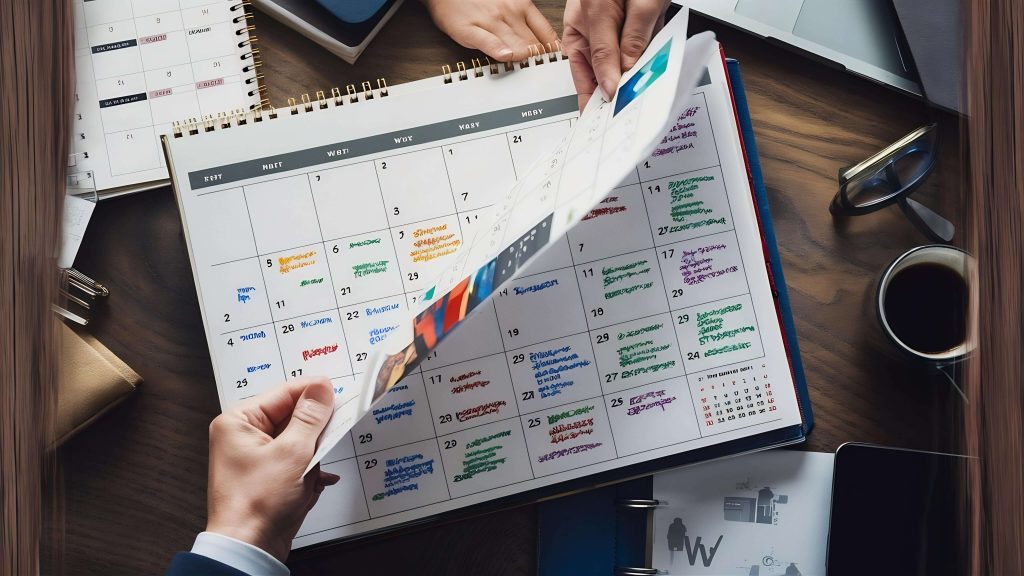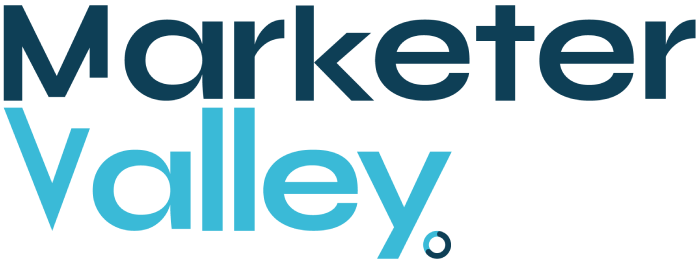As we look toward 2025, businesses of all sizes are facing a rapidly changing landscape in advertising and consumer engagement. What once worked—spontaneous or ad-hoc marketing—no longer suffices. Today’s fast-paced digital world demands structured, forward-thinking strategies. One tool stands out for its ability to keep your brand agile and prepared: a robust marketing calendar.
In this post, we’ll explore why a marketing calendar is invaluable for predicting your actions around key events in 2025, and how promotional tactics have evolved significantly—compared to just a year ago.

The Rise of a Structured Marketing Approach
Spontaneous marketing is no longer sustainable.
- Increased Competition
The online marketplace has expanded significantly, leading to fierce competition for consumer attention. From social media ads to newsletters, brands must fight for engagement in a crowded digital space. A clear, organized plan ensures you won’t miss key dates or lose out on seasonal sales opportunities. - Seasonal and Year-Long Planning
Events in 2025—such as major sporting events, holidays, and global milestones—can be forecasted now. Laying them out in a calendar allows you to create campaigns that resonate exactly when customers are most receptive. - Aligned Team Efforts
A shared calendar among marketing, sales, and design teams unifies everyone around the same goals. Whether you’re scheduling product launches, email campaigns, or social media posts, a single source of truth helps avoid miscommunication.
How Promotion Has Evolved from Last Year to 2025
Adaptability is key in a landscape changing faster than ever.
- Hyper-Personalized Content
Consumer data analytics have improved drastically. What worked for broad audiences last year now often needs personalization to cut through the noise. Marketing calendars serve as blueprints to schedule and execute these more targeted campaigns effectively. - Short-Form Video Dominance
Platforms like TikTok and Instagram Reels have exploded in popularity. Businesses now must plan short-form video content well in advance, aligning it with seasonal or event-based themes. A marketing calendar ensures that this quick-turnaround medium still fits into a larger strategy. - Hybrid (Offline + Online) Events
The lines between offline experiences—like pop-up shops or in-person conferences—and online promotion have blurred. Whether hosting a local meet-and-greet or a global virtual summit, a marketing calendar helps integrate both aspects seamlessly. - Real-Time Trends
Even as long-term planning becomes more crucial, businesses must react quickly to viral trends, news stories, or algorithm changes. Keeping a master calendar of your baseline campaigns makes it easier to spot opportunities for spontaneous, high-impact content without derailing existing plans.
Why a Marketing Calendar Is Essential for 2025 Event Planning
Look beyond the obvious dates to gain a competitive edge.
- Identifying Overlooked Opportunities
While major events like Black Friday, Valentine’s Day, and the Summer Olympics are widely recognized, smaller events—such as niche holidays, localized cultural celebrations, or industry-specific conferences—can present valuable opportunities. A comprehensive calendar ensures you don’t miss these chances. - Budget Allocation and ROI Tracking
Mapping out campaigns allows you to allocate spending more accurately. By scheduling initiatives year-round, you can measure returns on investment at different times and adjust as needed, optimizing your marketing budget. - Year-Long Audience Engagement
Consumers expect brands to maintain consistent and relevant messaging. By structuring your entire 2025 plan in a calendar—promo codes, seasonal offers, loyalty perks—you ensure a steady brand presence that resonates over time.
Top Tips for Maximizing Your 2025 Marketing Calendar
- Start Early: Begin drafting your calendar several months before the new year. Pre-planning gives you lead time to refine campaigns.
- Stay Flexible: While organization is key, leaving room for spontaneity allows you to react to trending topics or sudden market shifts.
- Leverage Tools and Platforms: Utilize platforms like MarketerValley (designed for retail and consumer brand industries) for event suggestions, strategic insights, and customizable templates.
- Collaborate Across Teams: Involve input from sales, customer service, and R&D to align your marketing with every department’s goals.
- Review and Refine: Periodically evaluate the success of events in your calendar. Gather data on what worked and what didn’t, then refine your approach for future quarters.
Facing 2025 without a well-structured marketing calendar is like heading into a maze without a map. The rapid evolution of consumer expectations—along with the rise of personalization, short-form video, and hybrid offline-online experiences—demands that brands take a proactive, strategic stance.
By planning your year with a robust calendar, you align your team around shared objectives, seize overlooked opportunities, and maintain the agility to react to sudden trends. Most importantly, you ensure your brand stays relevant in an increasingly competitive market. Now is the time to start organizing, strategizing, and locking in those crucial dates—your future customers (and bottom line) will thank you.





